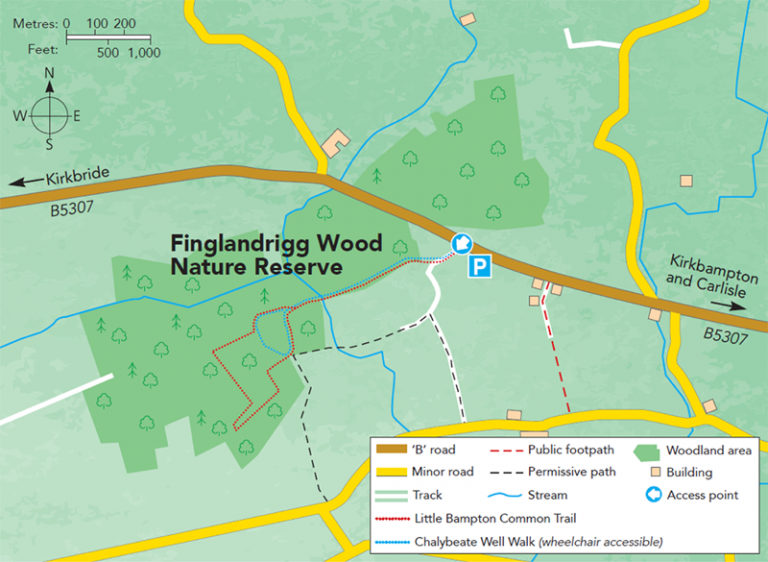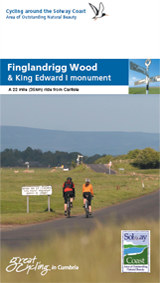Finglandrigg Wood
Finglandrigg Wood is a wildlife-watcher’s haven in the Solway Coast Area of Outstanding Natural Beauty.
It’s a place to find red squirrels and roe deer, otters, badgers, brown hares, wood mice, and up to 40 species of birds, including buzzard, tawny owl, willow tit and grasshopper warbler.
There are butterflies too – follow the trail in May and June and seek out the rare marsh fritillary butterfly. This species which was once extinct in England but thanks to a successful reintroduction programme, started at Finglandrigg Woods, we have given this rare and beautiful butterfly the chance to regain a foothold on the Solway and beyond.
It is one of the largest areas of semi-natural woodland on the Solway Plain. A National Nature Reserve managed by Natural England, the landscape is cared for to maximise the larder for those red squirrels. Scots pine, birch and rowan grow here, which is an ideal habitat.
Insect life is plentiful, with small pearl-bordered fritillary and purple hairstreak up in the canopy of oak trees, as well as ringlet butterflies.
This is a place which has evolved over time – the landscape was created during the Ice Age. It has a mosaic of habitats that have developed on the former raised mires, including woodland, peat bogs, heathland and rough pasture.
You can follow several miles of trails through the reserve. A Miles Without Stiles leaflet is available from Cumbria County Council which details the Chalybeate Well trail, a two-kilometre way-marked route suitable for those with limited mobility, including wheelchair users.

Facilities
- Car parking
- Picnic area
- Accessible trails
Did you know…?
There’s a bench in the woods dedicated to Derek Ratcliffe, an outstanding ecologist and nature conservationist. His research into the effects of pesticides led to the preservation of the Peregrine Falcon. Finglandrigg Wood was one of his favourite places.
Look for…
The trail marked by butterfly symbols to the fields where the marsh fritillary butterfly was re-introduced in 2005. Look for their brown and orange speckled wings during the flight season from late May to the end of June.
Getting here…
Look out for signs at the main reserve entrance on the B5307 road between Kirkbride and Kirkbampton, about eight miles west of Carlisle. There’s a large lay-by at the north of the National Nature Reserve which is ideal for parking.






